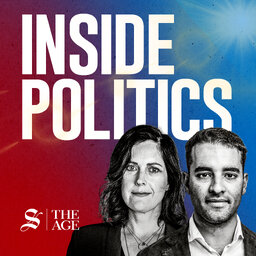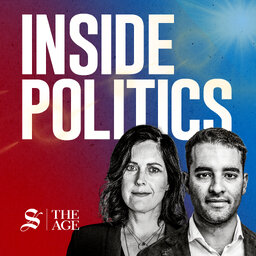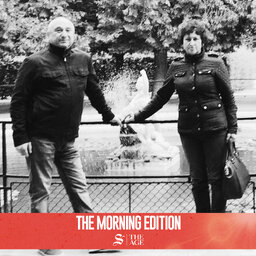A cheat’s guide to Dutton’s nuclear power plans
You’ve seen all the headlines. And squinted at the figures. But for god’s sake, what do they actually mean? We are, of course, talking about Peter Dutton’s nuclear energy plan. Is it really as radical as some analysts say, relying on “fairly heroic assumptions” about what it will cost? And what will it actually do to the environment?
Today, climate and energy correspondent Mike Foley on how the Opposition’s plan compares with the government’s energy strategy. And the straight facts that will help you sound like you know what you’re talking about, at your next dinner party.
 The Morning Edition
The Morning Edition



